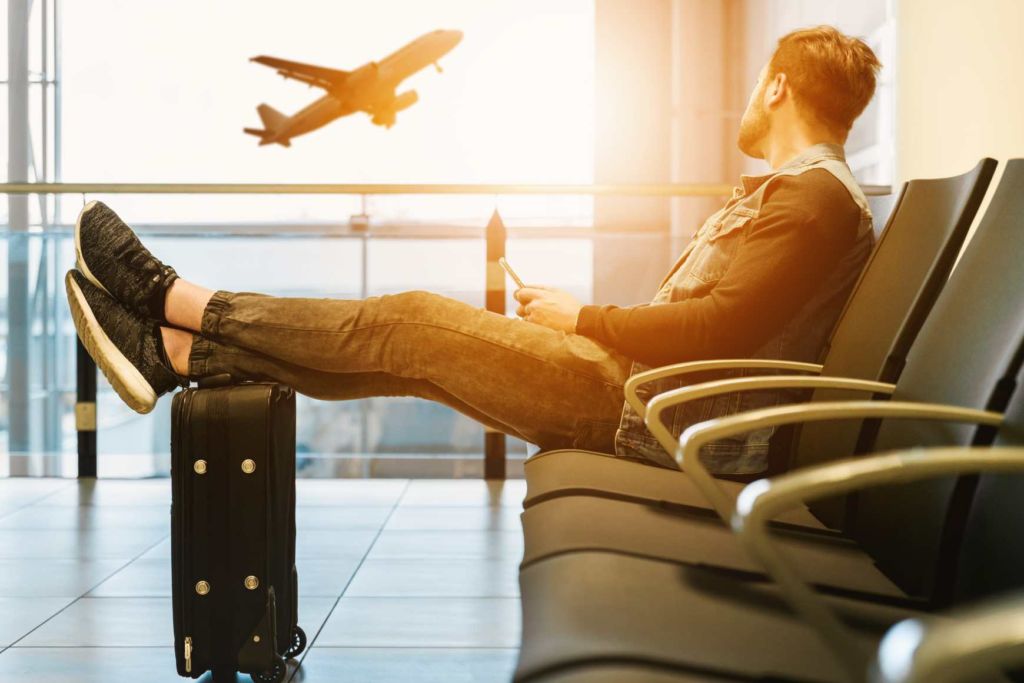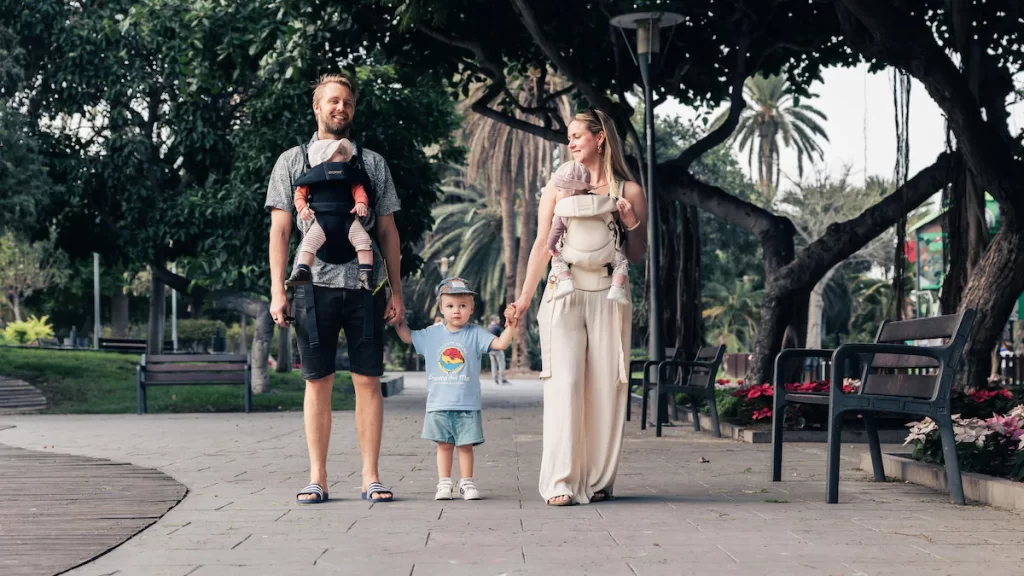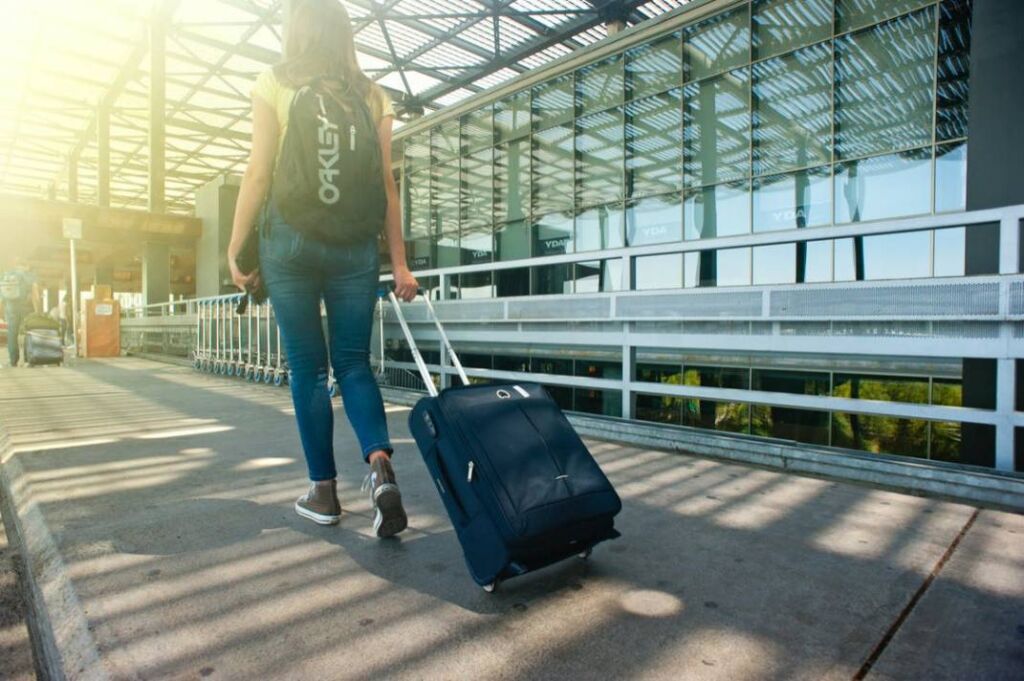The latest research from Cars.com found nearly half of Americans (47%) plan to travel for Thanksgiving this year, which is down 21 percentage points from 2019. Of those not traveling, more than half (59%) said COVID-19 impacted their plans. The majority of Thanksgiving travelers (72%) will travel by car to their destination, with most trips happening close to home.
“We’ve been watching consumer travel habits since the onset of the pandemic, and there have been two consistent themes — the pandemic is obviously affecting people’s travel plans, but when people do travel, the majority drive by car because of the safety and freedom cars provide. We are seeing these themes continue for holiday travel this year,” said Jenni Newman, Cars.com editor-in-chief.
2020 Thanksgiving Travel Trends, According to Cars.com:
- COVID-19 continues to affect travel plans. While 47% of Americans still plan to travel for the Thanksgiving holiday, it is down from 68% in 2019. Of the 41% not traveling, 59% stated that COVID-19 had some impact on their decision. Eleven percent have not yet decided if they will travel.
- Major cities are hit the hardest. The majority of travelers (44%) are avoiding large cities, likely because those areas are harder hit by COVID-19.
- The car is the main driver to Thanksgiving dinner. The car continues to dominate pandemic transportation with 72% of travelers planning to drive, and most (66%) intending to stay within 100 miles of home.
- Traffic congestion peaks the weekend before Thanksgiving. While travel is down, expect the highest congestion the weekend before (37%), followed by the day before Thanksgiving (13%) and Thanksgiving Day (19%). As it gets closer to Thanksgiving, the local hours between 9 a.m. and 12 p.m. are expected to be the busiest for travel Nov. 25 and 26.
“While personal vehicles present a safer option for holiday travel, it’s important for drivers and their passengers to stay vigilant and follow Centers for Disease Control and Prevention guidelines and local COVID-19 rules and restrictions,” said Newman.










